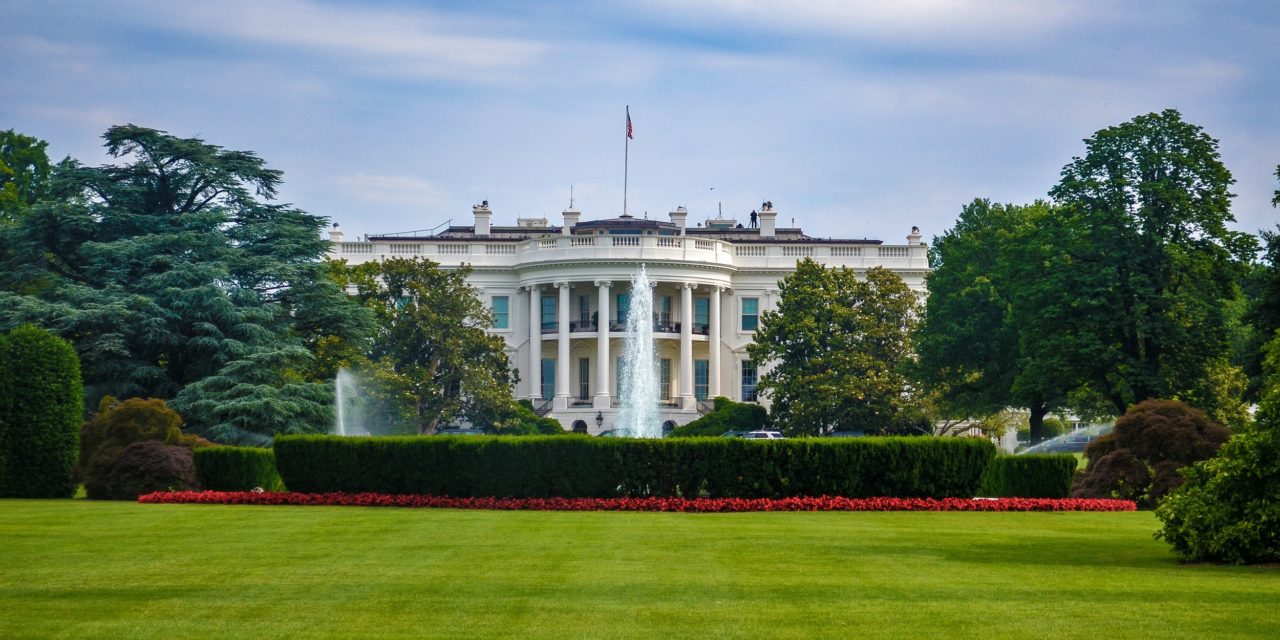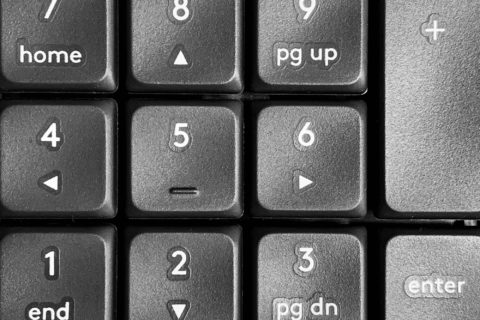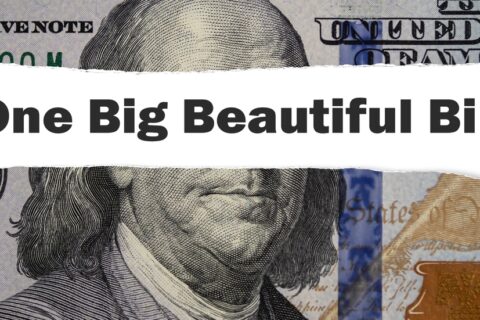On Monday of this week, we reported that the House of Representatives had passed by a 417-1 vote the Paycheck Protection Program Flexibility Act (“H.R.7010”). This bill would relax the Paycheck Protection Program (“PPP”) loan forgiveness rules. While we forecast ultimate enactment of a law that would expand PPP loan forgiveness, we predicted that some horse trading between the House and Senate would ensue, that the compromise would be less generous than the House’s version, and that it would take a couple of weeks to produce the law that would be sent to President Trump for signature.
Boy, were our predictions wrong.
Yesterday evening (June 3, 2020), the Senate approved, without change, H.R. 7010 by a unanimous voice vote. President Trump is expected to sign the bill soon.
As we reported on Monday, among other changes, H.R. 7010 provides:
- The earlier of a 24-week period or the period ending December 31, 2020 to spend the PPP loan proceeds in order to receive loan forgiveness (the “covered period”). The covered period begins with the funding of the loan. The CARES Act provided an eight-week covered period. This 24-week period can elected by each PPP borrower, which may alternatively elect to keep the original eight-week period.
- Amendment of the limitation of 25 percent of loan proceeds being applied to qualifying non-payroll costs. This limitation was imposed by the Small Business Administration (the “SBA”). The new limitation in the bill is 40 percent for such costs. Note well that it appears that under H.R. 7010 the 40 percent limit is a cliff: a borrower must spend at least 60 percent of the PPP loan on total payroll costs or none of the loan will be forgiven. Senators Marco Rubio and Susan Collins indicated that technical tweaks could be made to the bill to restore the sliding scale that was being used by the SBA under the 25 percent cap rule.
- Extension of the June 30 safe-harbor rehiring date until December 31, 2020. There are other favorable changes to the workforce reduction limits on forgiveness.
- A minimum maturity of five years for the PPP Loan.
- Elimination of the exception to the deferral of payment of certain payroll taxes provided in the CARES Act. Even if the PPP loan is completely forgiven, H.R. 7010 provides that payment of the subject payroll taxes can be deferred until December 31, 2021 (50 percent payment) and December 31, 2022 (50 percent payment).
June 30, 2020, remains the deadline for applying to receive a PPP loan.
Are you ready to apply for PPP loan forgiveness? Be patient for a bit longer. We need new application forms conforming with this soon-to-be enacted law and we need related guidance. We are almost there!
If you have questions, please contact your HM&M advisor.
For more information check out HM&M’s COVID-19 Resources page.
HM&M COVID-19 ResourcesLatest Blog
Cash and noncash donation deductions in 2026 The new year brings changes that affect how taxpayers think about ...
Everyone should have an estate plan — including single people with no children. For married couples, the law ...
The One Big Beautiful Bill Act (OBBBA), signed into law in July 2025, restored the more favorable pre-2022 ...
HM&M Updates
Dallas, TX – Aug. 7, 2024 – HM&M, a Springline company (HM&M), a leading CPA firm with four ...
DALLAS, Dec. 11, 2024 – Springline Advisory, a trailblazing financial and business advisory firm, is proud to announce its partnership ...
Last month, Senior Manager, Pearl Balsara was invited to speak at the 2023 FPA DFW Annual Conference in ...










